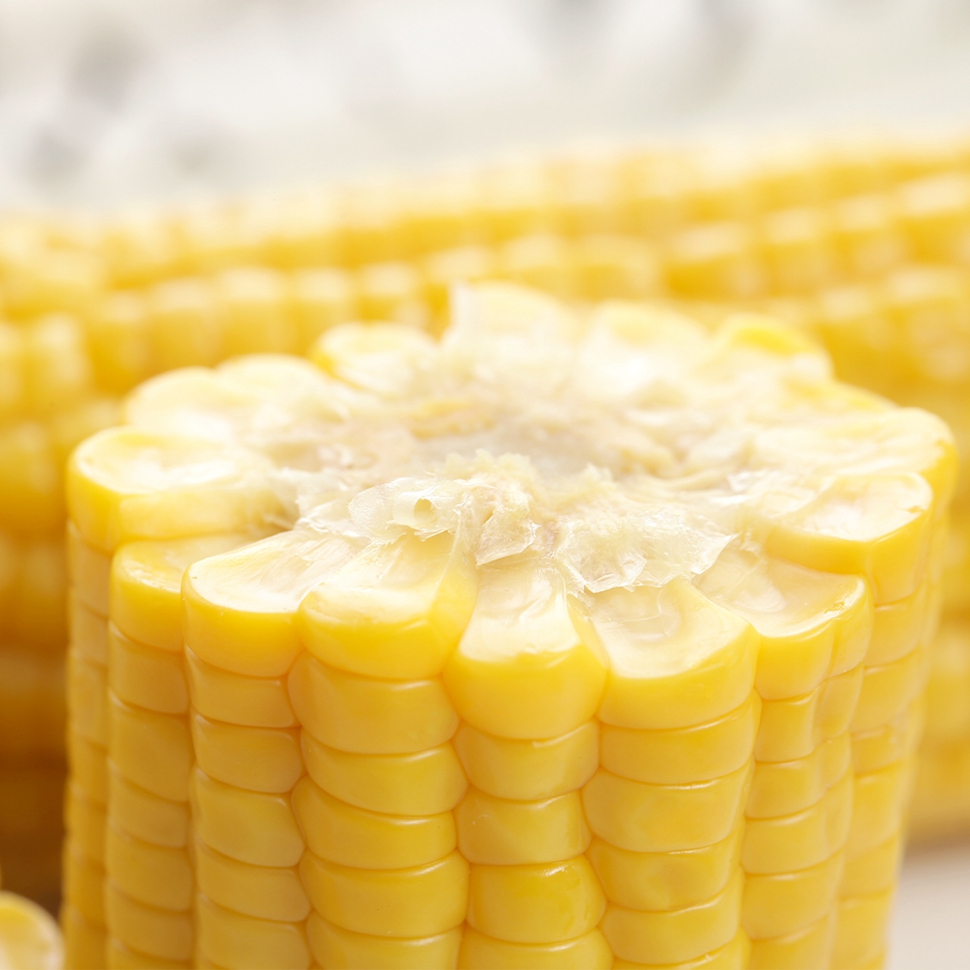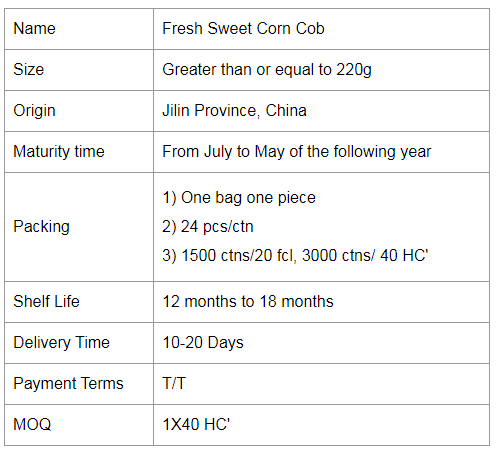Release date: 2018-02-24
What scientific basis and principle of action for Chinese medicine cupping treatment? On the 22nd, the Science and Technology Daily reporter learned from the Second Affiliated Hospital of the Army Military Medical University (Chongqing Xinqiao Hospital) that the team of the Institute of Cancer Research, Li Yusheng, took the lead in using the mouse cupping model and established by ultra-high performance liquid chromatography-mass spectrometry. The lipid metabolomics platform reveals the changes in the anti-inflammatory/pro-inflammatory lipid metabolism profile induced by cupping therapy, and provides scientific support for the potential mechanism of cupping therapy. The research paper was published in the journal Cell Physiol Biochem on the 20th.
It is understood that in previous reports, cupping therapy researchers focus on skin temperature improvement, blood pressure, thermal effects, and blood oxygen content or objective perception scores of subjects. The team used a mouse cupping model and a lipid metabolomics platform established by ultra-high performance liquid chromatography-mass spectrometry to find anti-inflammatory lipids in healthy mice after cupping (eg PGE1, 5,6-EET, 14 , 15-EET, 11 10S, 17S-DiHDoHE, 17R-RvD1, RvD5 and 14S-HDoHE), markedly elevated, while pro-inflammatory lipids (such as 12-HETE and TXB2) were significantly down-regulated.
Through in vitro experiments, the team further found that cupping therapy can reduce the production of proinflammatory mediators TNF-α and IL-6 in the peritoneal fluid of lipopolysaccharide-induced peritonitis mouse model. This study shows that cupping can cause an increase in anti-inflammatory and anti-regressive lipid components in the body, and the reduction of pro-inflammatory lipids provides a scientific basis for promoting immune homeostasis.
Source: Technology Daily
Single Vacuum Packed Sweet Corn
Corn (Maize) is cultivated throughout China. It is also widely grown in tropical and temperate regions of the world and is an important cereal. With yields of up to 700-900 kg per mu, maize is one of the more productive grains.
Corn is rich in nutrients, with protein, body fat, tapioca starch, vitamin B1, vitamin B2, vitamin B6, vitamin A, vitamin E, carotene, methyl cellulose and calcium, phosphorus and iron. Corn is a good source of vitamin C, which can help boost the immune system and help fight cancer. Compounds found in corn have been shown to reduce the risk of cardiovascular disease. According to research, fresh corn contains 4-5 times more body fat than rice and flour, and contains unsaturated fat, of which 50% are fatty acids, which inhibit the digestion and absorption of cholesterol. It is an excellent medicine for long-term use to reduce blood cholesterol and soften blood vessels, making it an ideal vegetable oil for patients with hypertension, coronary heart disease, obesity and the elderly.
Corn is also a cereal and low-fat food. Researchers have found that a low-fat diet has no significant effect on the risk of several diseases. In past follow-ups, a low-fat diet was found to provide significant and sustainable health benefits.



If you have any questions, you can contact us immediately by leaving a message on the website or by sending an email.
Cream Sweet Corn Cob,Whole Sweet Corn Cob,Cream Sweet Corn,Fried Sweet Corn Cob
Jilin Province Argricultural Sister-in-law Food Co., Ltd. , https://www.nongsaocorn.com